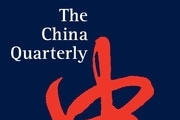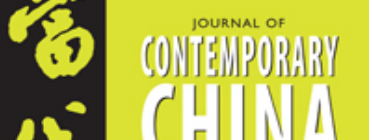No Time to Waste
Ten years ago, the Obama administration pledged that the United States would pivot to Asia. It rightly identified the region as the “key driver of global politics,” called the US role “irreplaceable,” and articulated a compelling vision for leadership along six lines of action. The Trump administration repeatedly spoke of the Indo-Pacific as its priority theater and competition with China as a defining foreign policy challenge. Yet the record of the past decade reveals a recurring gap between rhetoric and action.
Although circumstances have improved significantly under Biden, after nine months warning signs are emerging. Notwithstanding the efforts of the administration’s Asia team, the United States is not back in the region—at least not yet. As the new administration and Congress look to learn from US missteps over the past decade, three top priorities should be: (1) re-centering US strategy on Asia, rather than China; (2) embracing a positive regional economic agenda; and (3) rebalancing significantly enhancing diplomatic and military resources to prioritize the region.
Despite America’s recent struggles, the importance of Asia to US interests and the core strategic logic of the pivot have only become clearer over the past decade. In addition to the rapidly growing region’s inherent economic and strategic importance, Asia is the central stage of a competition that will define key standards, rules, and norms of regional and global geopolitics and geo-economics for decades to come. This competition is not some far-off, future challenge. It is already here.
US leaders must humbly reflect on the shortcomings of past efforts and invest in a comprehensive agenda focused on positively shaping the region’s future. In the months and years ahead, the administration and Congress will have to act far more proactively, affirmatively, and multilaterally to ensure that this will truly be America’s Pacific century.








